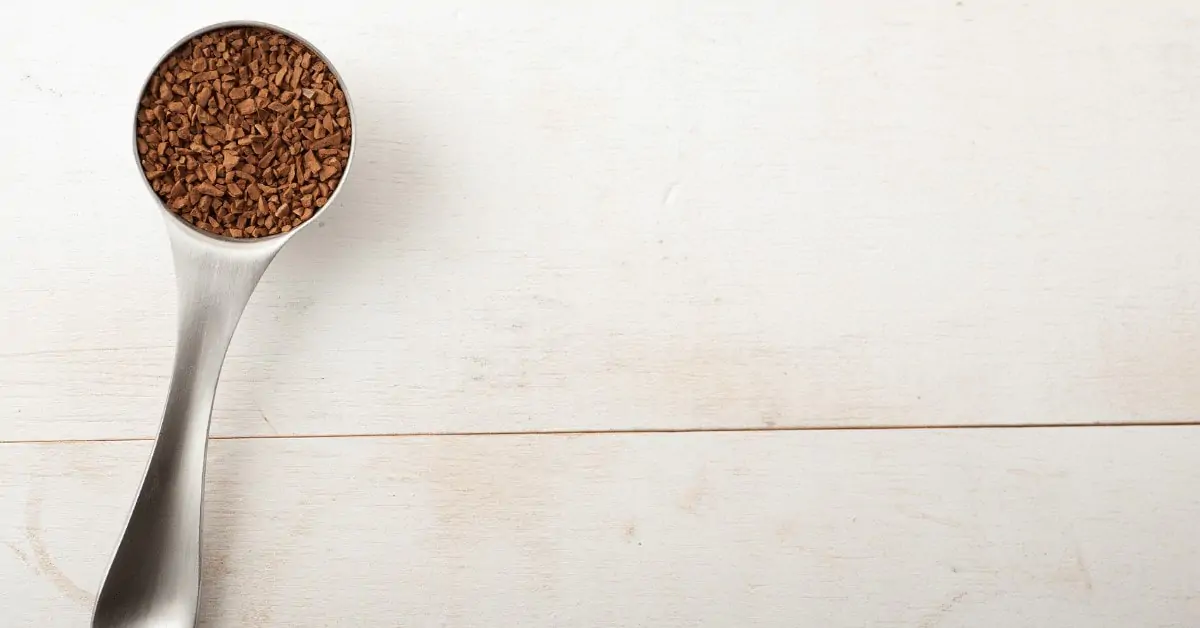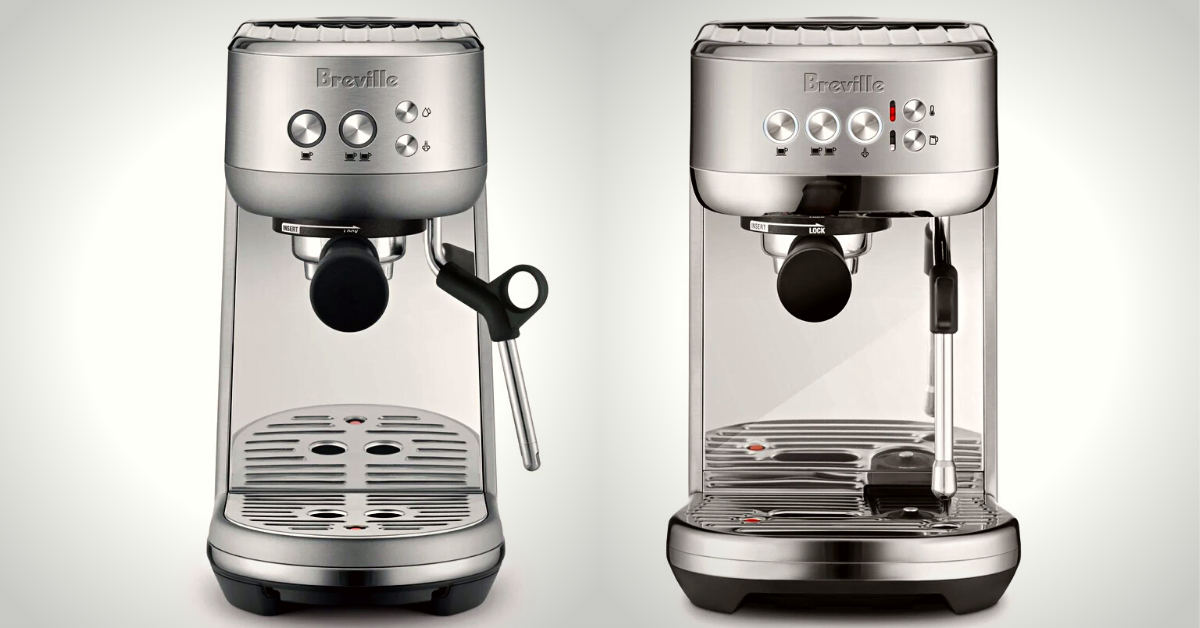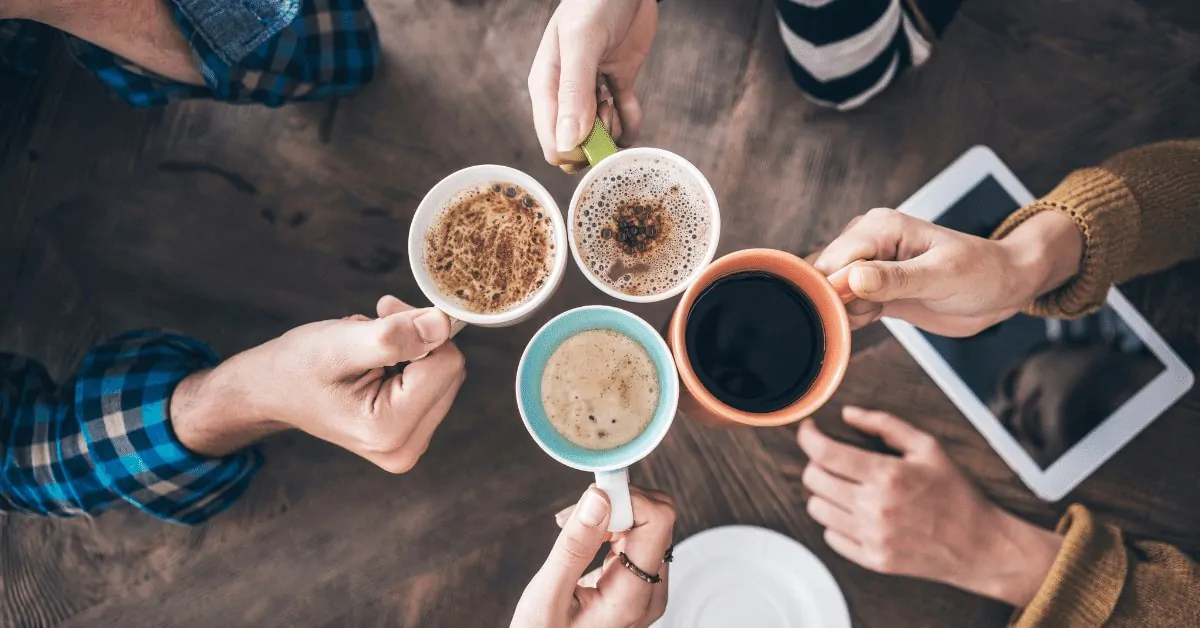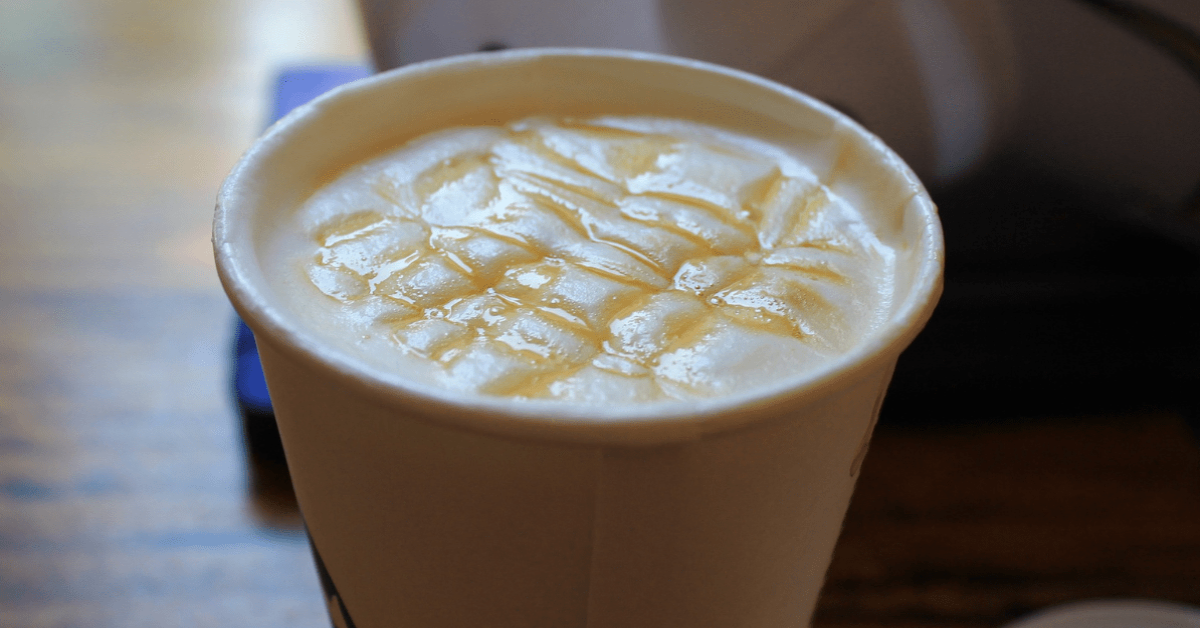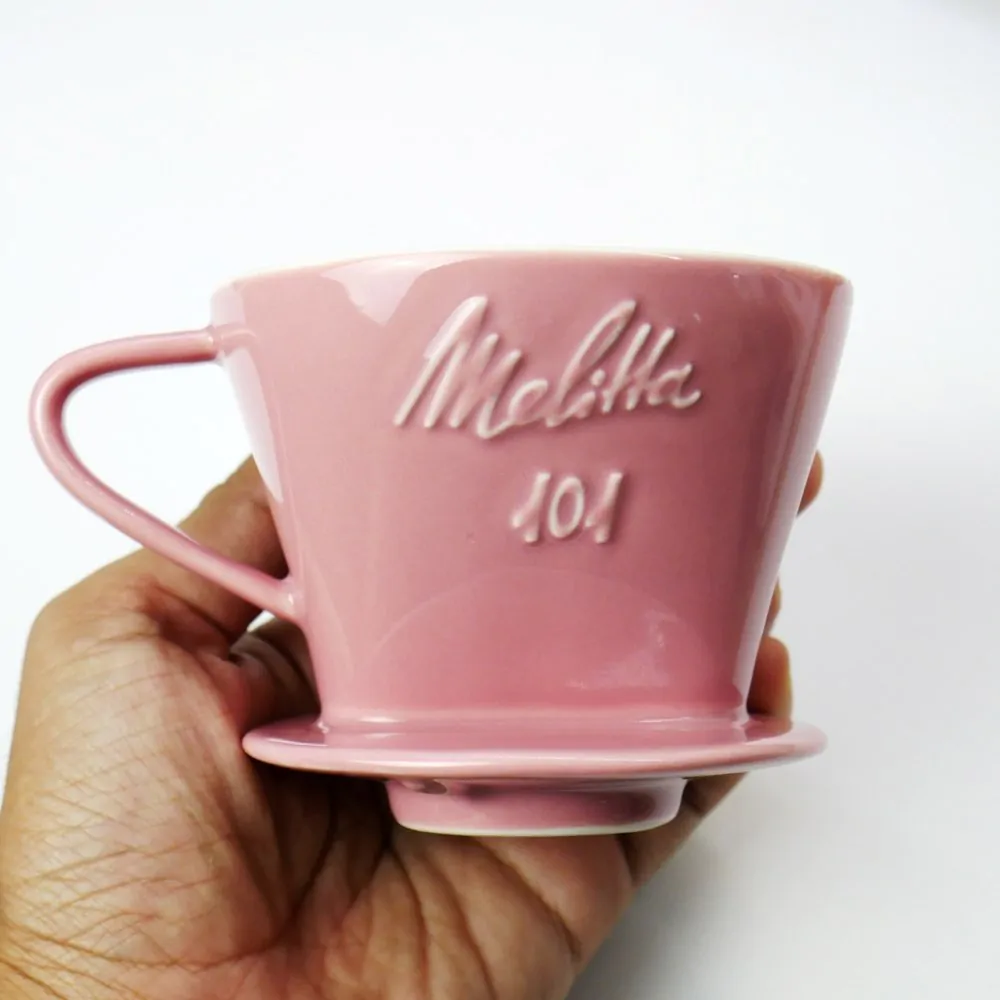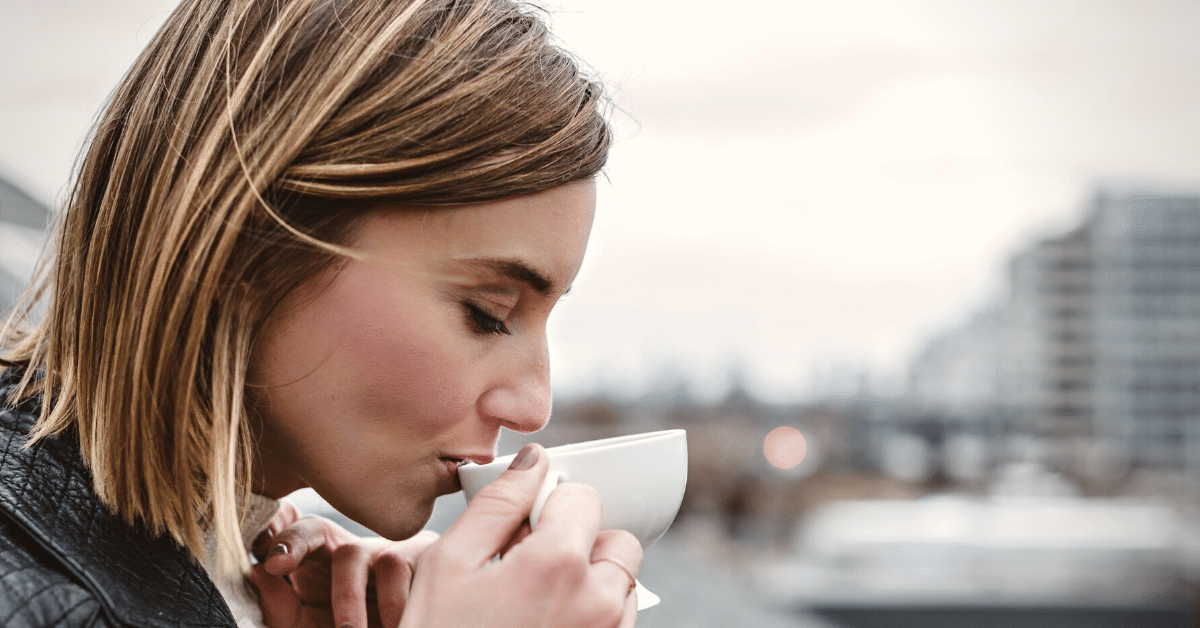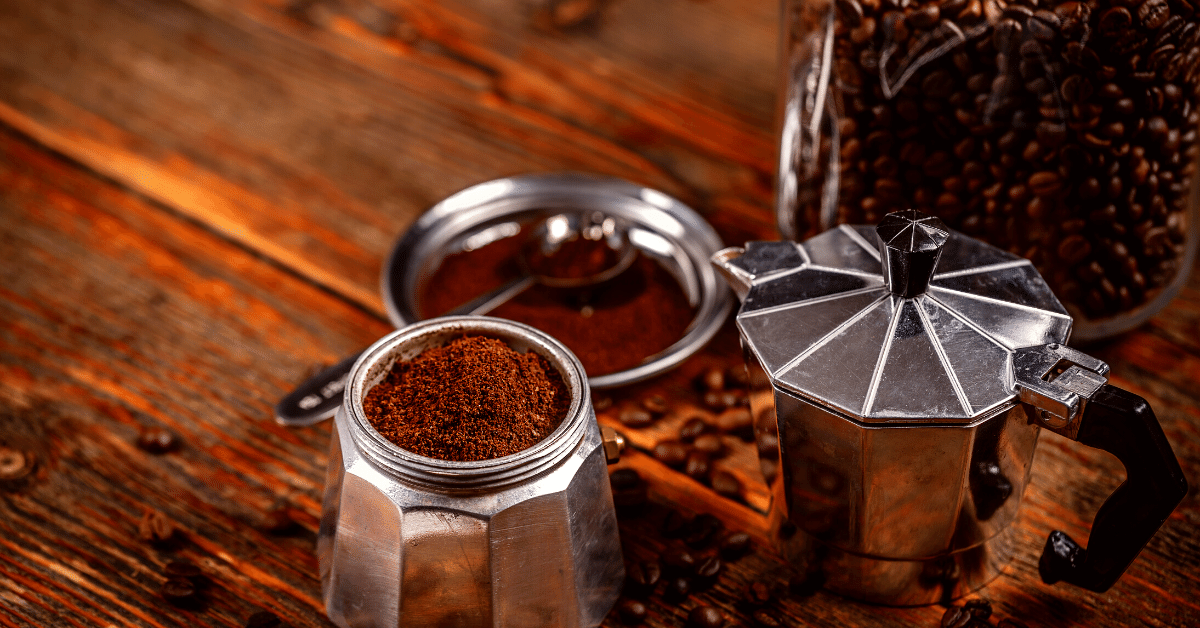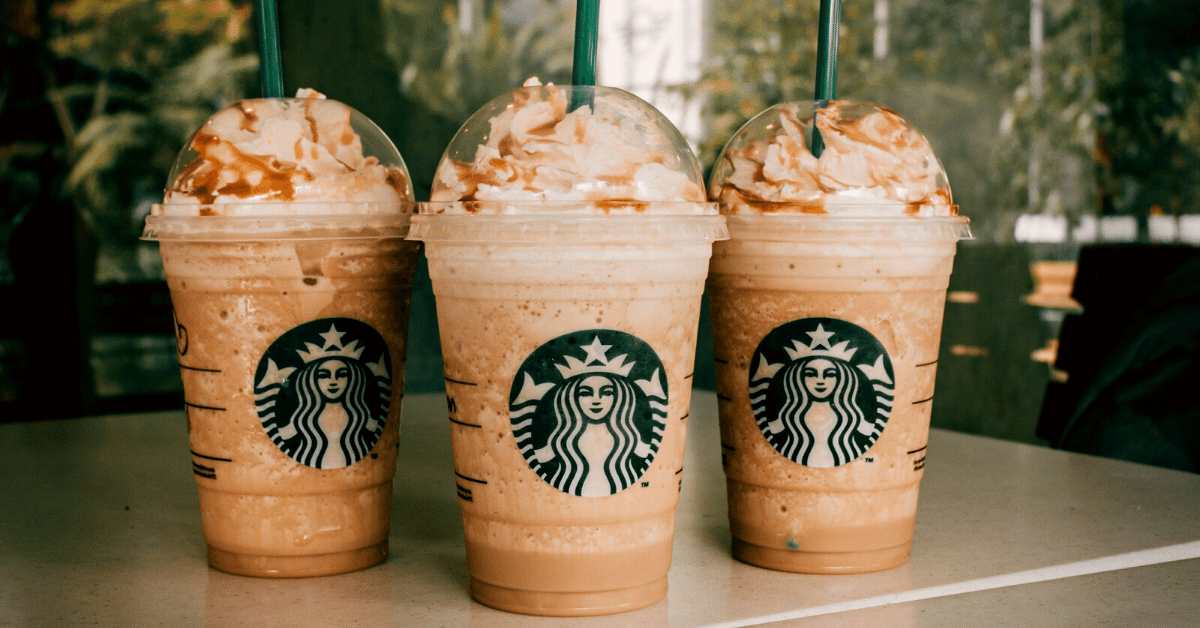This morning’s coffee doesn’t taste as well as yesterday’s?
If you’ve used the same machine and coffee grounds, then the reason probably lies in your bad measuring.
Forget about approximates.
If you don’t know exactly how many scoops of coffee per cup you need, you’ve come to the right place.
In this article, we’ll talk about everything you need to know to figure out the perfect ratio.
Keep reading to find out more.
How to Measure Ground Coffee?
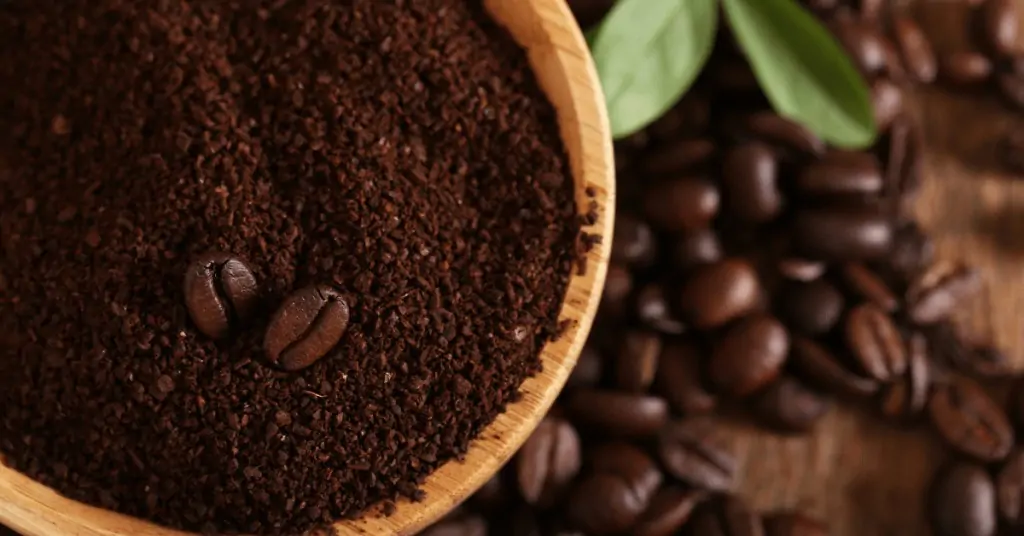
There are different ways of measuring coffee.
The most precise method is, of course, a scale.
If you don’t have a scale, you can still measure your coffee more or less precisely, using a tablespoon, scoop, or even a measuring cup.
The starting point is 10 grams of coffee, which is a standard amount for one cup of joe.
| Grams | 10 | 20 | 30 | 40 | 60 | 80 | 100 | 120 |
| Tablespoons | 2 | 4 | 6 | 8 | 12 | 16 | 20 | 24 |
| Scoop | 1 | 2 | 3 | 4 | 6 | 8 | 10 | 12 |
| Cup | 1/8 | 1/4 | 3/8 | 1/2 | 3/4 | 1 | 1 1/4 | 1 1/2 |
Coffee scoops come in different sizes, but a standard one equals 2 tablespoons. If your coffee machine came with a scoop, it’s 99% a standard-sized one.
Speaking in measurements, the standard coffee scoop, theoretically, holds 10 grams or 0.36 ounces of ground coffee.
Why theoretically? Because weight differs between different types of roasts. A coffee scoop of light roast can weigh as much as 14 grams, while darker roasts can be a bit lighter than 10 grams.
The difference is there, but it’s not something you need to bang your head against the wall about. Equating one scoop to 10 grams is a good starting point for a delicious coffee.
How Many Scoops of Coffee Per Cup
How many scoops per cup mostly depends on how strong you want your coffee to be.
If you like strong coffee, the ratio is one scoop per cup.
If you want a weaker coffee like me, you should use 1 – 1.5 scoops per 2 cups.
Let’s talk about cups for a minute.
While 8 ounces is the standard cup size for different beverages, that’s not the case here. A cup of hot coffee is actually 5-6 ounces.
In most cases, coffee makers follow this standard.
But you shouldn’t rely on these measurements blindly. That’s because there are some manufacturers that don’t follow the standard. According to Technivorm, for instance, a cup of coffee equals 4.2 ounces.
But, for most drip coffee makers, 1 cup = 5 ounces.
But who wants to do math in the morning?
I surely don’t.
Here’s an easy chart I use for my drip coffee maker.
(Note that I like a mellow coffee, so feel free to boost your scoops if you want a strong cup.)
| NUMBER OF CUPS | OUNCES OF WATER | COFFEE SCOOPS |
| 2 cups | 10 oz | 1 |
| 3 cups | 15 oz | 2 |
| 4 cups | 20 oz | 2.5 |
| 5 cups | 25 oz | 3 |
| 6 cups | 30 oz | 3 3/4 |
| 8 cups | 40 oz | 5 |
| 10 cups | 50 oz | 6 1/4 |
| 12 cups | 60 oz | 7.5 |
It’s not rocket science, but it helps me in the morning when I can’t remember my own name until I’ve had my first cup.
The Golden Cup Standard
If you want to make a perfect cup of coffee, the best place to start is the Golden Cup Standard, developed by the Specialty Coffee Association.
This standard is backed by over 50 years of research and nowadays is commonly used in the industry for brewing the perfect cup.
To achieve the Golden Cup Standard, the SCA recommends a 1:18 ratio. In other words, you should add a gram of coffee per every 18 milliliters of water.
Ratios for Different Brewing Methods
Here’s the thing – the Golden Cup Standard shouldn’t be strictly followed.
Why?
Because the exact coffee measurement depends on a lot of factors. One of the most important factors is the method you use for brewing coffee.
Here is the coffee ratio for the most common brewing methods.
Drip Coffee
Using a 1:18 ratio for drip coffee actually gives you a mellow and rounded cup of java with slight acidity.
In most cases, a ratio of between 1:15 and 1:18 will work just fine for a regular coffee. Still, if you want a stronger cup, feel free to increase the amount of coffee grounds to your liking.
Immersion Brewing Methods
As the name suggests, the immersion brewing method involves steeping ground coffee in water until it’s extracted. But when soaked, coffee grounds extract at a much slower rate. For that reason, we usually use more grounds.
Generally, you can follow these ratios:
- Standard infusion methods (French press and Aeropress) – 1:13 to 1:16
- Regular cold brew – 1:8
- Cold brew concentrate – 1:2 to 1:4
However, you should tweak your rations until you get your perfect coffee.
Espresso
When it comes to espresso, you’re pressuring a small amount of water through a lot of coffee grounds. Speaking of ratios, this is what you should follow:
- Ristretto – 1:1 to 1:2
- Standard cup – 1:2 to 1:3
- Lungo – 1:3 to 1:4
You will need these ratios for manual espresso machines.
However, most of the espresso machines of the new generation are semi-automatic or automatic. It means they will take the measurements off your back.
Some of the machines with a built-in grinder will do the grinding for you, but with some, you will need to grind the coffee bean yourself.
But in any case, the machine will use the amount of coffee ground needed for a perfect coffee cup.
Instant Coffee
Although instant coffee is different than regular coffee, ratios stay pretty much the same.
How many scoops of instant coffee depends on how strong you want your cup of joe.
The general rule of thumb is 1 scoop for every 6 ounces of water.
If you want stronger coffee, use 1.5 or 2 scoops of coffee for 6 fluid ounces.
I suggest you play with ratios until you find your sweet spot.
To Sum It Up
Making coffee is easy with a coffee scale. But that doesn’t mean you can’t use a precise amount of coffee grounds without it.
The best alternative tool for the job is the scoop. And the measurement is pretty straightforward – you need one scoop of grounds for one cup of coffee.
Just remember – these numbers are standards, not laws.
The perfect amount depends on your personal preference, so play around until you find what you like.
Want to add precision to your coffee brewing? Check out our article about the best coffee scales.

